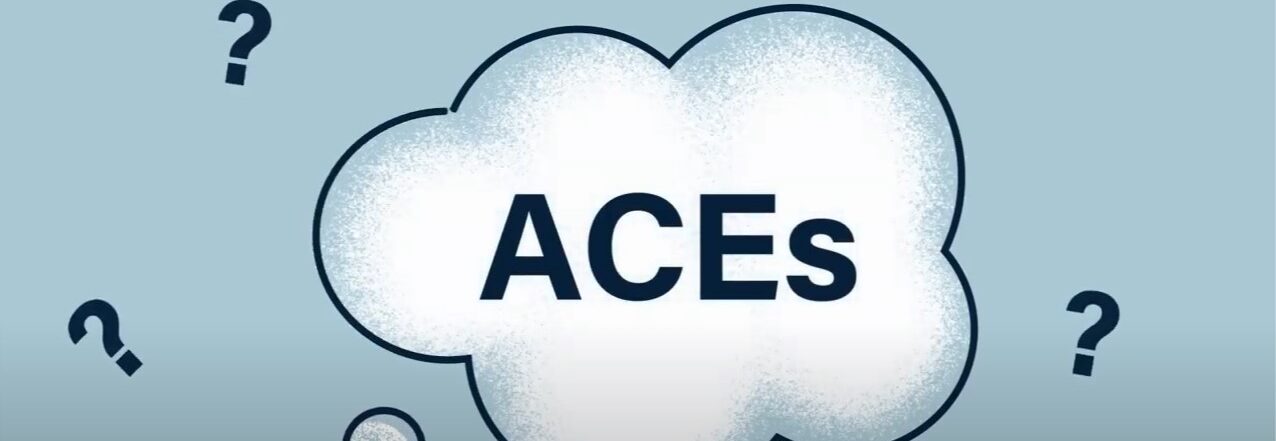
The Adverse Childhood Experiences (ACE) Study
The Adverse Childhood Experiences (ACE) Study explored the long-lasting impact of childhood trauma on adulthood outcomes. The ACE Study included over 17,000 ranging in age from 19 to 90. It is important to note that these participants were mostly white and middle class. Researchers gathered medical history while also collecting data on the subjects’ childhood exposure to abuse, violence, and various family environments. The results showed that almost 66.7% of participants experienced at least one exposure, and more than 20% reported three or more adverse childhood experiences. This meant that the more adverse experiences one was exposed to during childhood, the more likely one were to engage in high-risk behaviors (e.g., smoking, unprotected sex), have a chronic illness such as heart disease and cancer, and die prematurely.
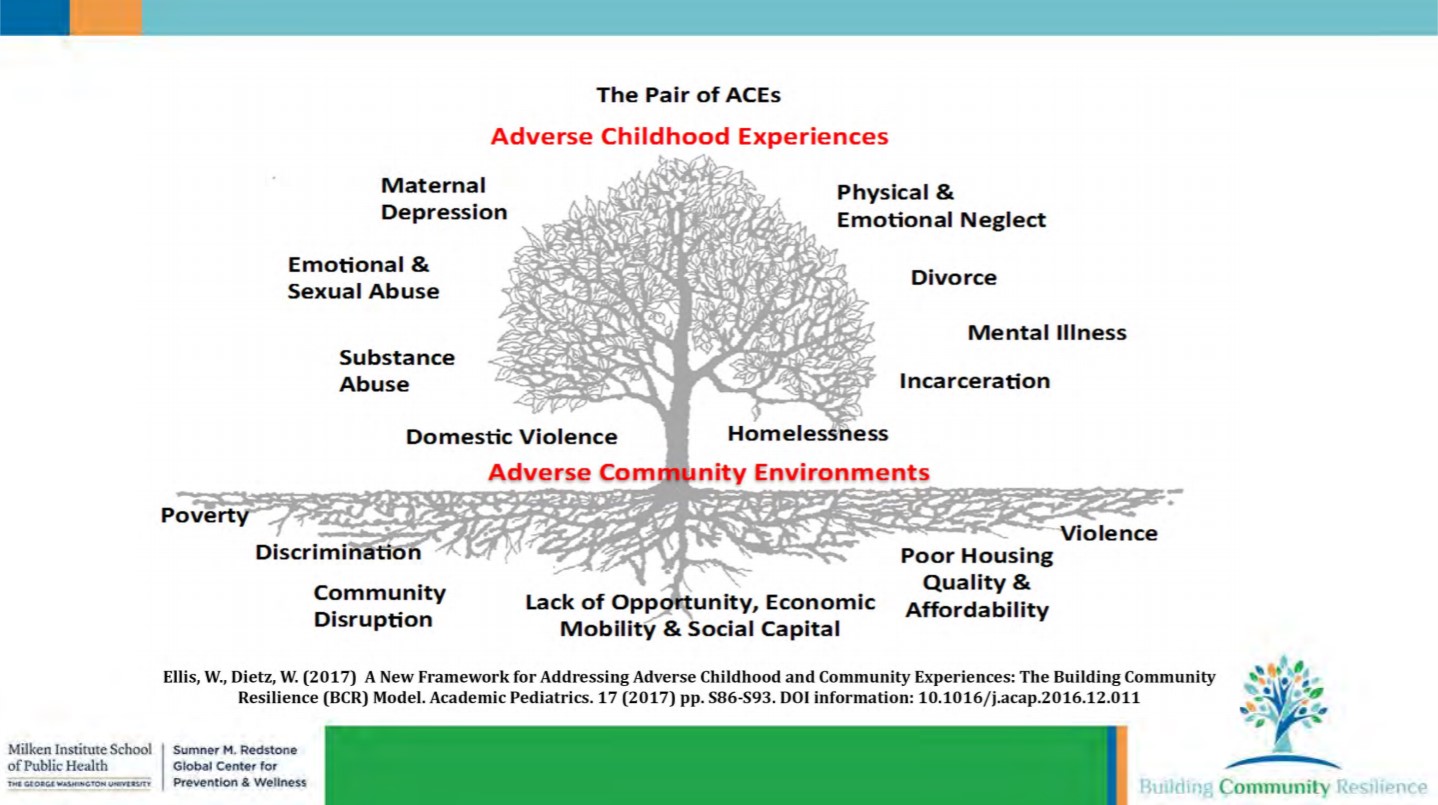
The 'Pair of ACEs'
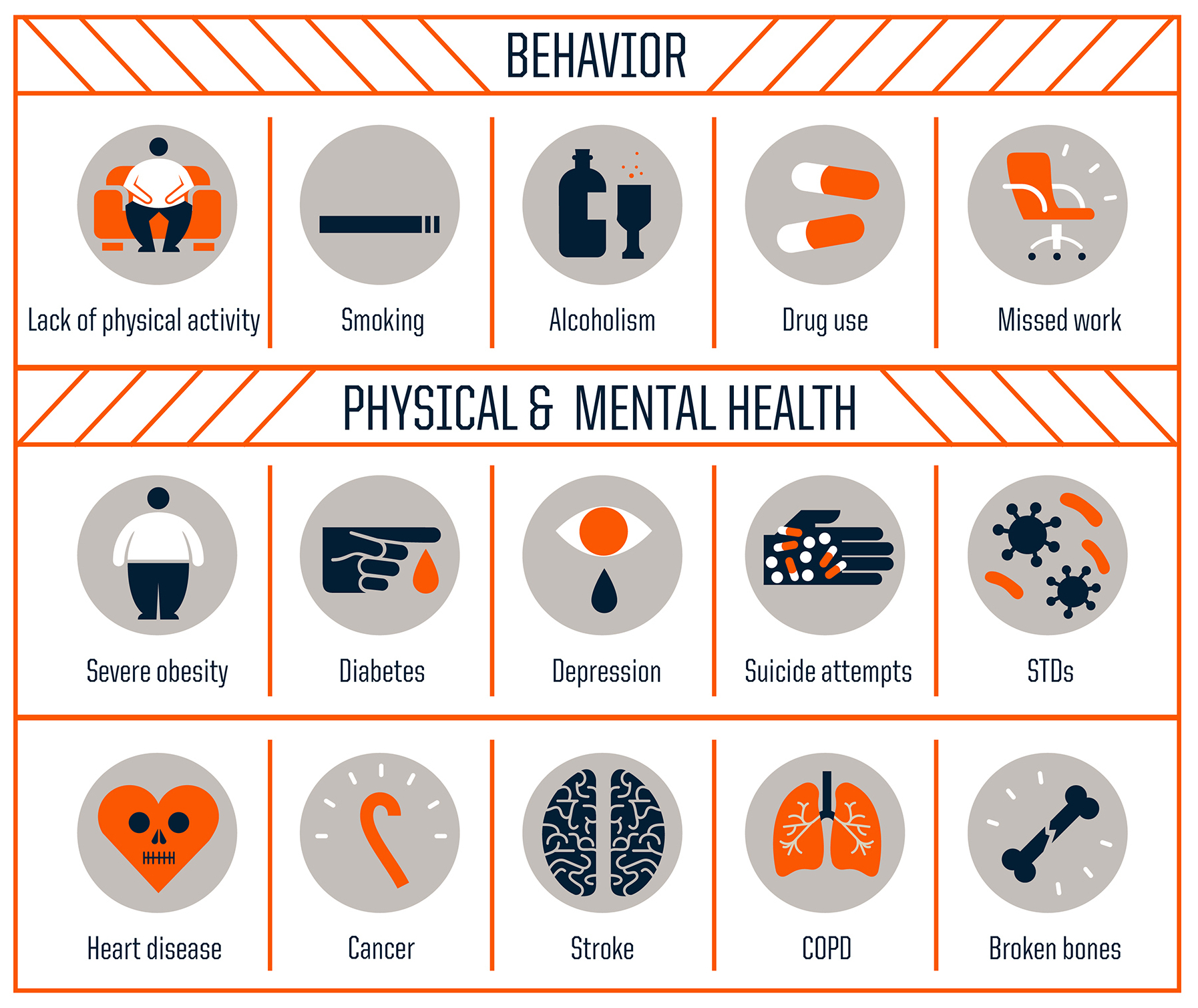
Sometimes children experience adversity within their families.
This can be parents with substance abuse problems, physical and emotional neglect at a very young age, and fear that the family will be deported. Additionally, children can also live in a community that faces adversity: widespread poverty, lack of opportunity, lack of needed social services.
When childhood adversity occurs in a community environment, these stressors can become toxic to a child’s development and long-term health.
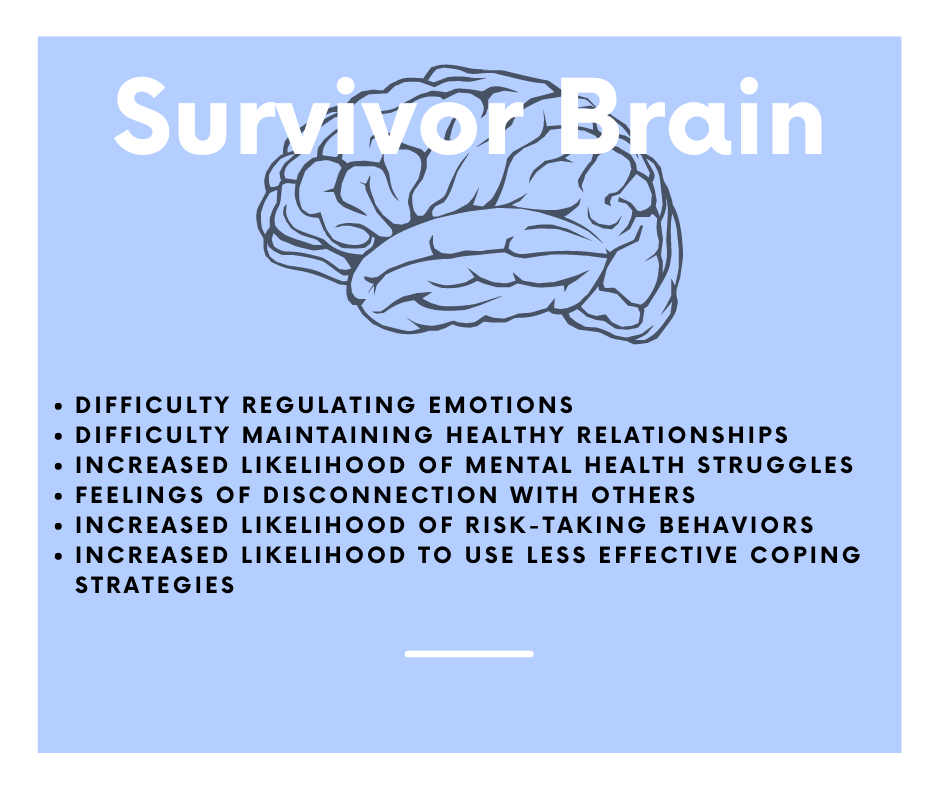
Living with the “Survivor Brain”
Adults who have experienced childhood trauma often react to seemingly minor triggers. That’s because trauma makes the amygdala more sensitive to the perception of threats. This means that fear responses are triggered more frequently, and when this occurs repeatedly during childhood it creates real changes in the brain system designed to protect us from danger.
For those living with ‘Survivor Brain’, when the amygdala is activated, it prevents access to the critical thinking part of their brain which helps them to calmly assess a potentially dangerous situation and determine whether or not it is a true threat. This results in these individuals experiencing more extreme stress responses more frequently and for a longer duration thus having more difficulty returning to a calm state.
Healing and recovery are possible through a process called post-traumatic growth.
Beyond the Hurt, Hope and Healing
“Things get broken, and sometimes they get repaired, and in most cases, you realize no matter what gets damaged,
life rearranges itself to compensate for your loss, sometimes wonderfully.”
– Hanya Yanagihar
Post-traumatic growth is the recognition that, we as human beings, are incredibly resilient. We can not only survive traumatic experiences but thrive in unexpected ways as well. Individuals who have undergone post-traumatic growth see profound changes in their view of themselves, their relationships with others as well as their philosophy of life.
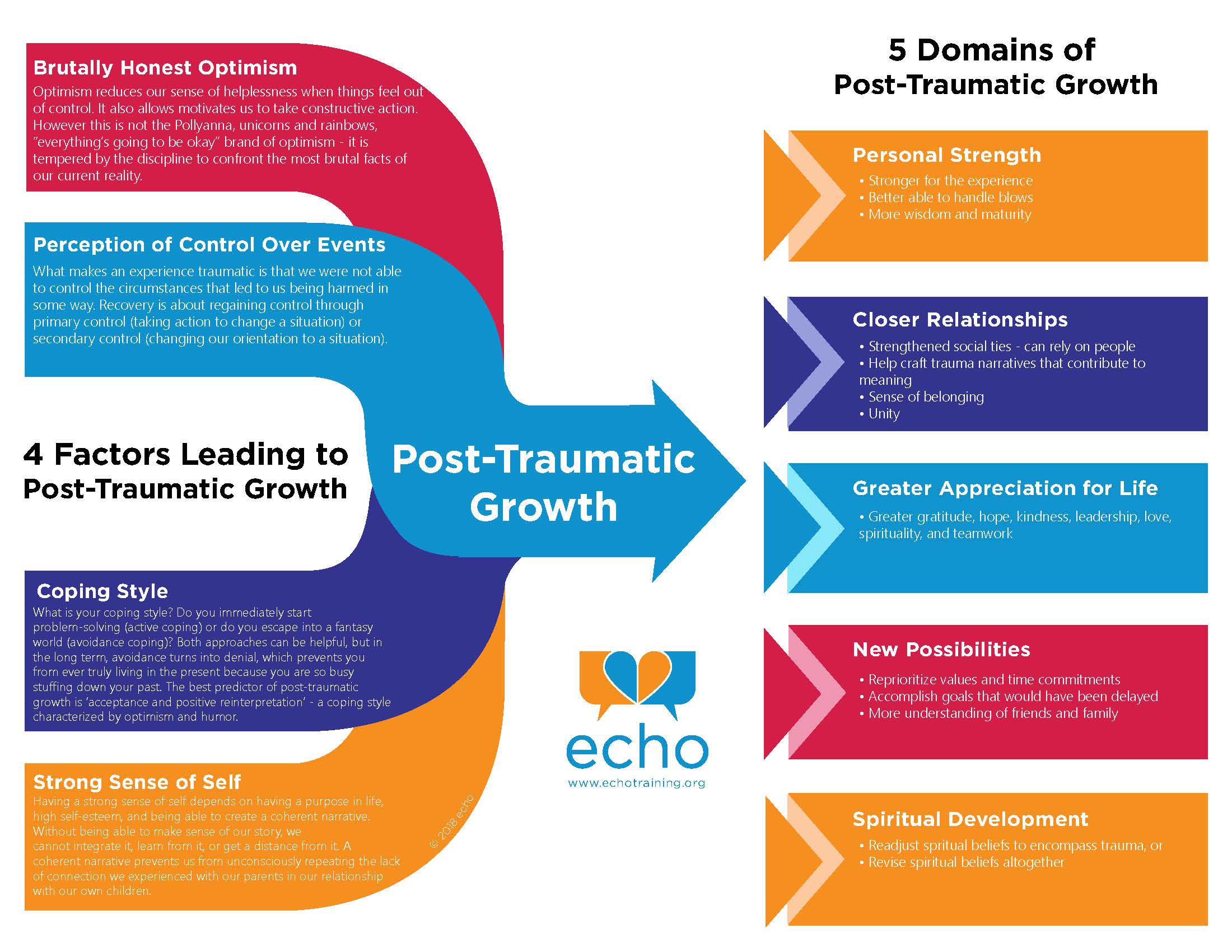
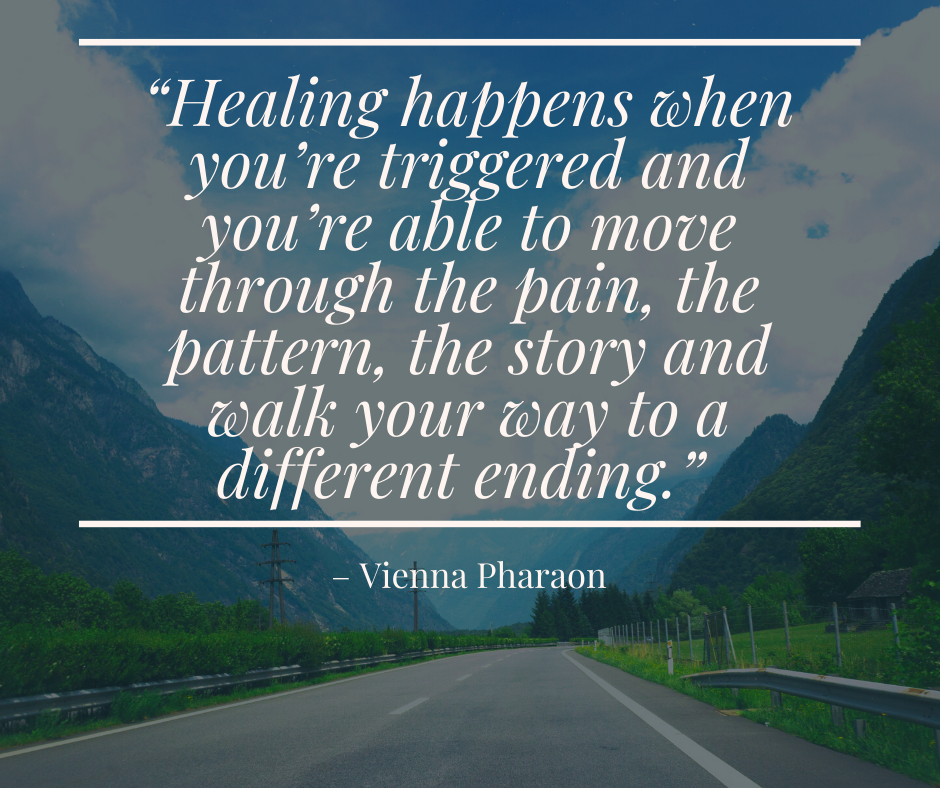
Find Support
An easy guide to finding the right therapist and/or counselor as well as other local resources.
Find Support
